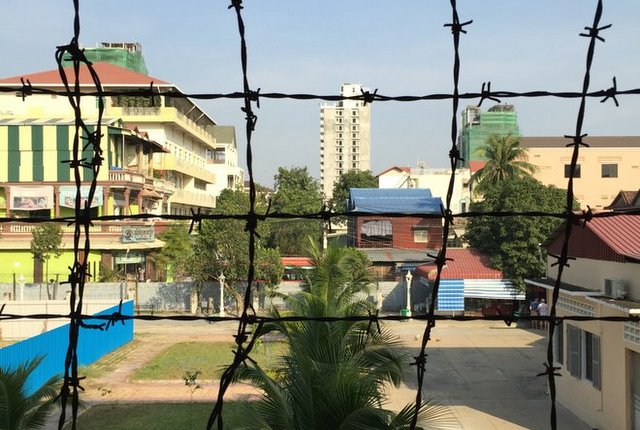
This guy calls himself "G" and that stands for garnet, but we see none of those blood-red stones anywhere on his body. Instead, there are long stretches of tanned white skin over sharp bones, a silk shirt billowing open in the breeze. It’s hot and we’re a little woozy, but this is Phnom Penh and that’s the Mekong River and I’m feeling more alive than I have in days. G says we must try the local coffee and wants to know where we were on 9/11. We’re walking to some sad little cultural show at the National Museum and we just can’t shake him.
“But you shouldn’t do that, you know?” he says, though it’s not clear he means it. He must sense our confusion. “You shouldn’t visit those places,” he mumbles. “At least not in the same day.”
He’s talking about the Killing Fields at Choeung Ek and the Tuol Sleng Genocide Museum. They are major tourist sites in Phnom Penh, and commemorate the atrocities perpetrated by Pol Pot and the Khmer Rouge on Cambodia in the 1970s. During that time, millions of Cambodians around the country were forced to evacuate Phnom Penh and other cities for communal labor camps where murder, starvation, and torture killed at least two million people.
But we are here to visit both places. For a day, we are going to be genocide tourists.
What Is Dark Tourism?
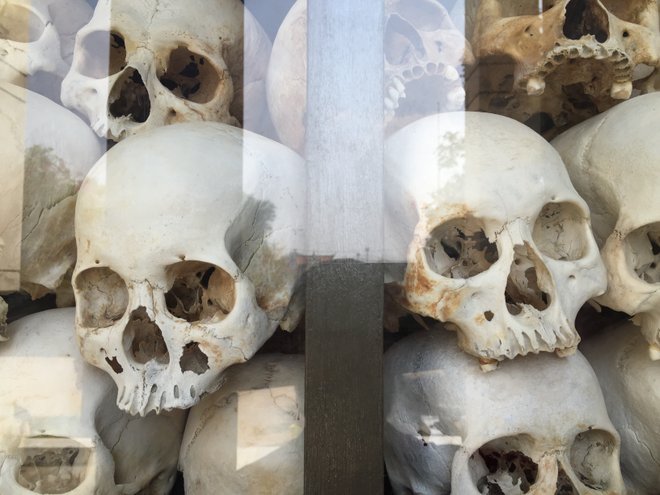
Sites of tragedy draw millions of tourists around the world every year. According to the Times of Israel, Auschwitz saw 1.7 million guests in 2015, breaking its own record. In the United States, the 9/11 Memorial & Museum has been visited by more than 28 million people since opening in 2011. Our psyches are riveted to these places, creating a complex network of commerce, memory, and healing. Tourists, after all, have needs and wants; so do those who bore witness to the tragedies being memorialized.
When I spoke with Dr. John Lennon — who helped coin the term “dark tourism” (the phenomenon of visiting sites of tragedy) and has done extensive research on the power of these places — he suggested that competing motivations may be at work. “These sites provide a narrative and a voice for victims and shed light on our abilities as humans to perpetrate evil,” he said. “The fascination we have with the darker side of our nature and its consequences is not unique to them.”
The easy explanation as to why these places remain popular is that we visit them to safeguard against future tragedies. By forcing remembrance, we enact a prohibition. However, as Dr. Lennon acknowledges, this fails to recognize that all humans carry within them the propensity toward cruelty. In other words: The line between civility and atrocity is always razor thin.
As we made our way to the Killing Fields that late January morning, it was impossible not to feel a little weight, a little uneasiness about it all.
Sacred and Profane Things: Visiting the Fields
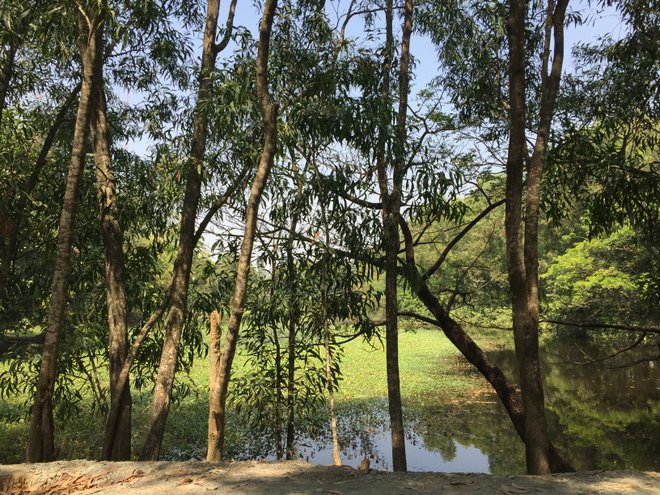
Phnom Penh spills away in the way that all South and Southeast Asian cities seem to suddenly dissipate: The concrete and brick buildings become shacks, then become small towns staggered along dirt roads. On the road to Choeung Ek, though, the massage parlors (which are really brothels) are conspicuous between all of the other commerce. At certain breaks between the roadside stalls, brilliant glimpses of green, the rice fields, glimmer. The idyll is right next to the reality; it all emerges at the same time.
We hold onto the bars in the tuk-tuk as we’re bounced from side to side over rutted roads until we eventually arrive. I notice that David and I aren’t talking all that much, and despite knowing that G was just some spun North American who went too far down the backpacker hole, I can’t shake his warning to us. As we walk to buy our tickets, though, the Killing Fields look like a slightly unkempt Buddhist garden. I breathe a little easier. There are wide swaths of patchy grass, flowering shrubs, butterflies sipping nectar, and a gleaming white stupa towering over it all. One can’t help but slide into cliches: It looks so peaceful; there’s so much beauty; how could this be it?
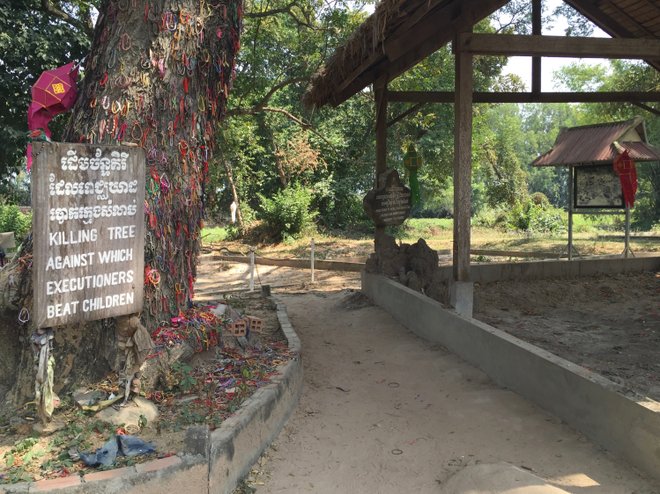
When sites of tragedy become tourist destinations, there’s slippage between reverence and entertainment. Popular games plant characters at former concentration camps, teenagers snap goofy photos of themselves, base jumpers attempt dives from the recently completed World Trade Center. This isn’t surprising to Dr. Lennon, who reminded me that, “Film, TV, books, games are littered with examples [of tragedy] — we remain interested in death, disaster, mass killing, and the least flattering elements of what it means to be human.” When a vacation is added to the mix, it’s even more difficult to extract the visit from the context of pleasure and detachment. This “getaway” time is, after all, not supposed to be real life.
Kate Monaghan, Communications Director at the National September 11 Memorial & Museum, explained that education and respect have been the core mission at the memorial since day one. “From the earliest stages of planning in 2006, it was understood that the 9/11 Memorial & Museum would be a place of learning, remembrance, and inspiration,” she said. “It’s set up to engage the visitor directly by both beginning and ending with personal reflections from a variety of experiences.” From those reflections from others, come the visitor’s own — but no two people have the same idea of reflection, remembrance, and mourning.
As I use my t-shirt to blot tears from my eyes at Choeung Ek, I look around at other visitors. Our audio guides pump the words of Ros Kosal and other survivors of the Khmer Rouge directly into our ears. Tourists kick at the dirt paths. Others look downward or upward. A few are choked up, but I’m shocked at the number that’s seemingly holding it completely together. How can that be? There’s that tree, where soldiers bashed the heads of infants; or that other tree, where they hung speakers blaring communist propaganda to muffle the screams of those being slaughtered. It’s a never-ending wave of horror, all of it just 40 years old, the earth still giving up fragments of bone and cloth from the mass graves underneath.
Are they grieving? Am I allowed this grief for a place that isn’t mine?
It’s impossible to say out loud which is right or wrong, but one suspects the answer is supposed to be clear.
It Was a Day Like Any Other
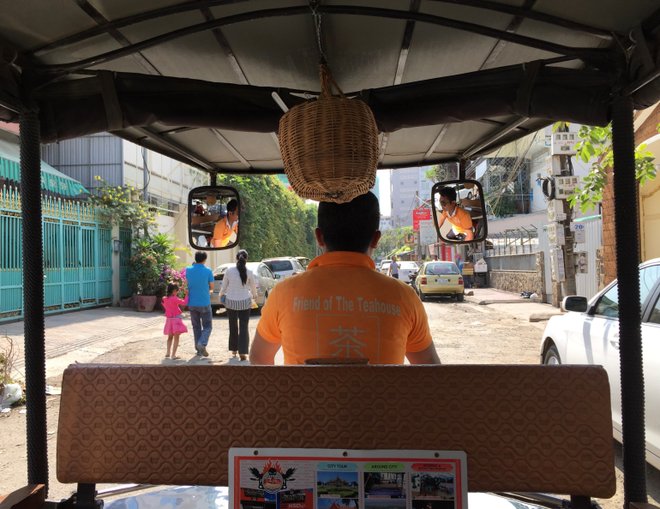
But we are tourists, and so one does as tourists do.
Here we are sitting in this ramshackle cafe sipping thick and sweet Khmer coffee. Here we are snapping pictures of each other. Here we are talking about when we might eat our next meal — What’re you thinking for dinner tonight? Street noodles again or something with air-conditioning?
Just at the corner, though, is Tuol Sleng — the whitewashed school-turned-prison where thousands were interred, tortured, shipped to labor camps, and murdered. It is now a museum, the former classrooms packed with original three-foot-wide brick cells, iron bed frames, razor wire, and row after row of black-and-white photos of Cambodians — some children, some women, some men, heads held in place by an occasionally visible metal brace.
Outside, the street bustles with tuk-tuks, vendors pushing carts, mothers holding children’s hands. White apartment blocks line both sides of the road, and from the outside Tuol Sleng looks just like any other white building. Sometimes these places just slip into the fabric of daily life, without fanfare. That’s how it starts, though, right? Everything just seems so normal, and then suddenly: It was a beautiful September day, not a cloud in the sky. Every American of a certain age knows what image comes next.
Never Forgetting, or Forgetting to Remember
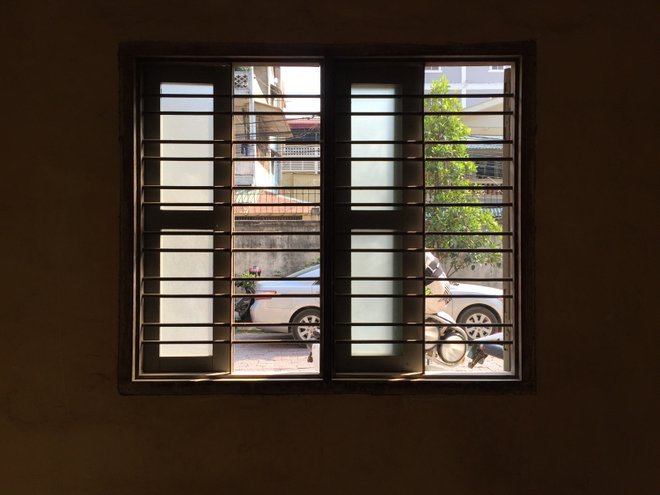
While the dark and the light may both be in our nature, it’s also instinctual to preserve and remember. That much seems borne out by history in the form of cemeteries, war memorials, triumphal arches, and parks erected on sites of fallen buildings. When this happens, they become part of the fabric of our everyday landscape. A quick search for images of the Oklahoma City National Memorial — the former site of the Alfred P. Murrah Federal Building — turns up an image of a toddler dipping a toe into the reflecting pool. Or there’s the marathon in its honor, thousands of screaming spectators cheering on the runners. In this sense, maybe, the place of horror becomes less devastating by way of normalization. It’s power to harm is diminished and it becomes a conduit to healing, or a scar that’s blended into the larger body once again. However, there are risks with this normalizing.
Along the streets around the 9/11 Memorial, vendors sling t-shirts imploring buyers to “Never Forget.” An admirable enough notion, but the gesture can turn the memorial into some cheap souvenir. At Choeung Ek, I saw no junk peddlers, but there are more insidious dimensions to the tourist trade in Cambodia. After all, the way to the Killing Fields is lined with those massage parlors where body work comes cheap and young.
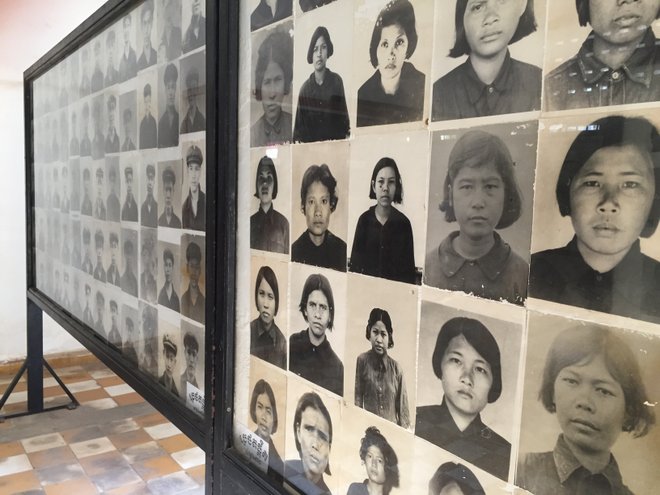
We never saw G again during our time in Phnom Penh, but I don’t know if he was right. It seems that encouraging the visiting Tuol Sleng and the Killing Fields on separate days is just another way to make atrocities more palatable for a traveler. That is, after all, what the commenters in various Cambodia travel forums have in mind when they recommend against visiting both sites in one day. “It’s too much,” they say, as though a convenient dosage of sadness and reality exists that will enlighten, but not interrupt, the vacation undertaken. In that way, sites like these become just another museum, just another check mark on the bucket list.
It’s not mine to say what visitors should or should not do at places like Choeung Ek. Nor at the 9/11 Memorial. Nor Auschwitz. But there was a minute — no, not a minute, but a stretch of a few days — where I was certain I could remain committed to kindness, to openness, to understanding, to feeling less antagonistic by everyone else in the world.
It was a fleeting sensation, and then it was gone. That alone, though, might be the point.
Related Links:
- We Love New York: Scenes of a Resilient City
- What It’s Actually Like Landing In India for the First Time
- 12 Morbid Museums Around the World
All products are independently selected by our writers and editors. If you buy something through our links, Oyster may earn an affiliate commission.



